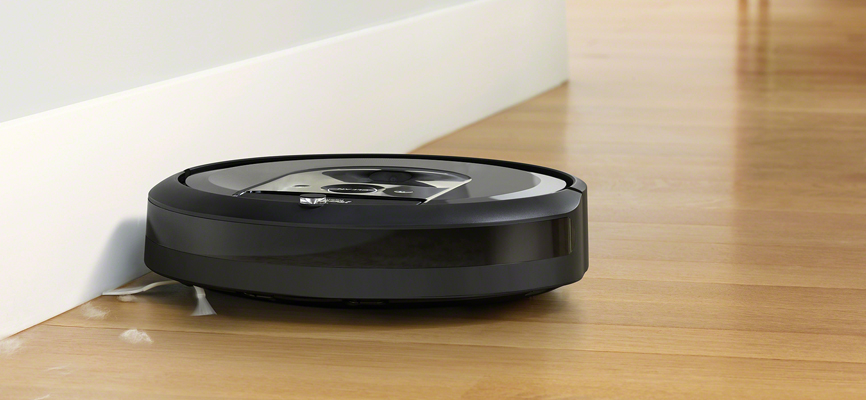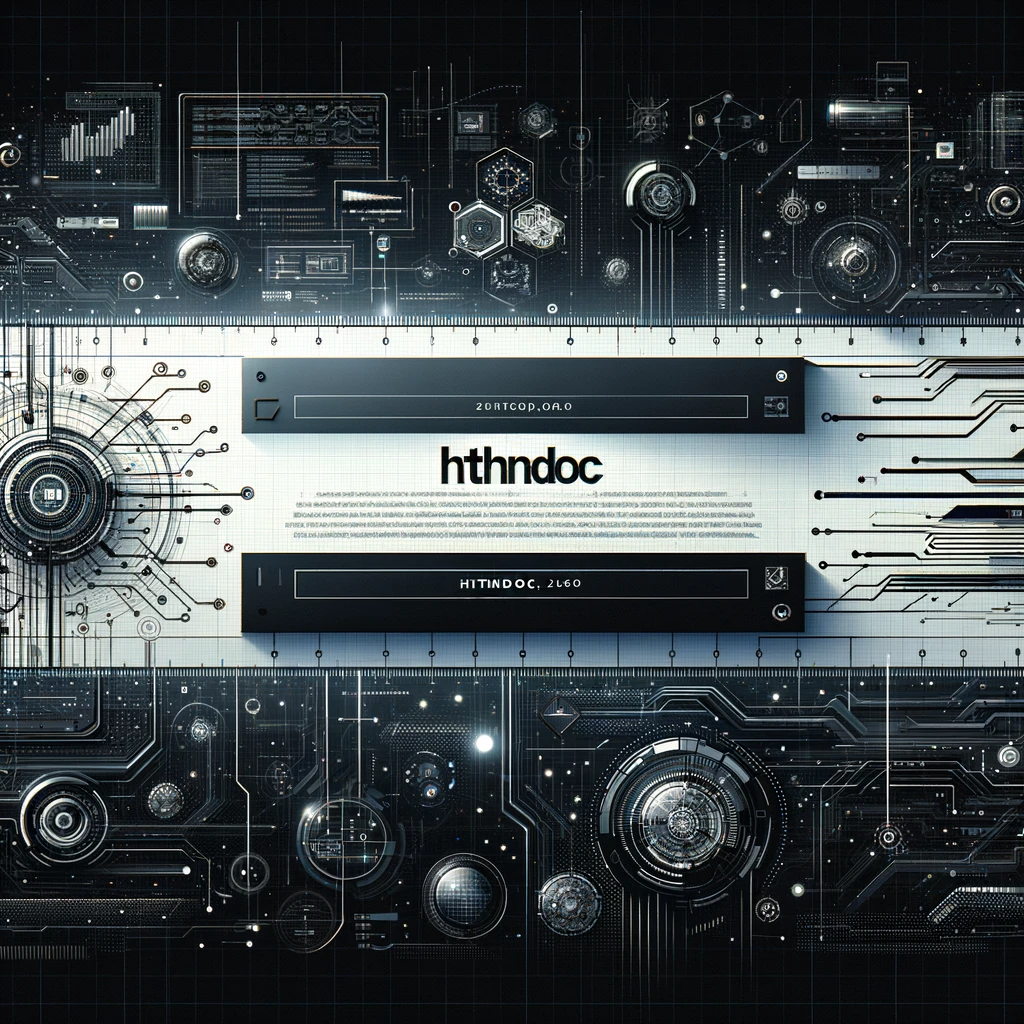CES 2024 What did it tell us about the Roomba domestic robot
"Human beings at home, life after Roomba, and the importance of technology for the elderly
Few technological demos can compete with the spectacle of robotics. Even though the field is growing more and more in a wide range of industrial environments, mechatronics performing impressive feats will never cease to amaze. For many, the mere presence of a robot is synonymous with the future, and for major electronics companies, it's a quick and easy way to let shareholders and customers know that their company is still innovating.
Whether these robots actually lead to sellable products is almost irrelevant. As long as you have other real products coming to market in the next few months, those futuristic demos can disappear for anyone. Remember that cooking robot Samsung "presented" at CES 2020? It was about a month or so before COVID swallowed the world, so probably not.
But it did what it had to do and - as far as we know - it vanished. At least the "return" of Ballie has shown that Samsung hasn't lost interest in the domestic robot. The spherical home robot, now equipped with a projector, is - at the very least - a more realistic vision for household robots in the short term. Although I certainly wouldn't bet real money that it will ever come to the market here, in Korea, or elsewhere, Ballie is a perfectly attainable goal.
Whether it's a good goal is another question altogether. I firmly believe that the domestic robot has a life beyond Roomba. So why - after over 20 years - do we have little more to show than a bunch of robot vacuum cleaners? It's one of those simple questions with deceptively complex answers. Functionality is a significant part of it. Most robots in this world have a single purpose. They are designed to do one specific thing well, over and over again, until they can't do it anymore.
After years of banging their heads against the wall, iRobot hit the jackpot with the first Roomba at the end of 2002. It was such a good idea that no one has surpassed it since. Instead, tens of millions of dollars are invested in R&D by countless companies trying to build a better robot vacuum cleaner. And yes, today's Roombas are remarkable improvements over their ancestors. They are smarter, have a better sense of space, have learned to mop, and, most importantly, won't spread pet feces on your carpet.
Safety has long been seen as a second killer application for the home. The idea makes sense at least initially. Why settle for a Ring camera when you can have a Ring camera on wheels? (Of course, there are many good reasons for this, but that's another story.) This was the main selling point behind Amazon Astro. The fact that the robot wasn't a resounding success is largely due to limited functionality combined with a prohibitive price. Ballie will likely suffer from this combination if it ever actually comes to market.
Unfortunately, this year I was only able to attend two meetings at CES due to illness. However, one of these meetings is particularly relevant to this conversation. Matic is, for most purposes, just another robot vacuum cleaner trying to make a name for itself in a very crowded space. The reason we covered the company's launch in November and the reason I agreed to meet them this week is a combination of their unique approach to the category, along with the founders' expertise and financial support from competent sources.
What struck me during our conversation is that the company has actually created a home robotics platform that seems to be quite good at vacuuming and cleaning. I thought of this solution as the equivalent of Nvidia's Nova Carter mobile robot. In the process of cleaning houses, it continually improves navigation thanks to the integrated vision system. If Matic or someone else can achieve the equivalent of "level 5 autonomy" for the home, we will have a solid foundation for additional features.
But what will be the genius move, precisely? Smart money is betting on another task that people hate doing, but the current state of the art still has too many limitations. A robust and affordable mobile arm is another one of those surprisingly complex problems that many people have been working on for a long time. But, as in the world of autonomous mobile robotics for warehouses, it's easy to imagine how the addition of an arm could open up a new world of functionality.
You probably want this robot to reach high places and navigate stairs. You could start with a drone-like base - which solves the mobility problem well - but payload and therefore capabilities remain very limited if you don't want something the size of a Honda Civic roaming your home.
So, of course, we end up where we often end up these days. You start by adding arms, then you bring in legs. Suddenly, you're looking at something that closely resembles a human being. This is largely why many robotics experts can't stop working on humanoid robots. Even more than factories and warehouses, our homes are built for ourselves, so it makes sense that we would build something that resembles us to navigate those spaces.
Of course, no one is ready for a serious conversation about humanoid robots in the home, at least not yet. There have been many unserious conversations, of course, but no one expects a commercially available general-purpose humanoid robot for the home this year. There are several reasons. The first and most obvious is the price. Business use still makes much more sense in the short term. Companies have deep pockets and will spend a lot if they believe it will ultimately save them money. The demand for industrial automation has been proven time and time again.
Additionally, warehouses are generally easier to navigate than homes. At the end of the day, they are significantly more structured and uniform. Moreover, each of these robots will enter the workforce with a single task. They will perform it repetitively until they perfect it and then perhaps learn another task. In most cases in most factories and warehouses, there are many repetitive jobs that require continuous activity to keep these systems busy for a long time. After Roomba, consumers will demand home robots capable of doing more.
The other big question mark in all of this is generative AI. It has been so prevalent at CES that it has almost lost all meaning, and there are days when I am annoyed with myself for adding my voice to that chorus. But generative AI will have a profound impact on robotics, period. There are many different paths, but at least two - learning and natural language - lead to eventually general-purpose systems. The bad news, however, is that optimistic forecasts place this path at about five years at the minimum.
This has been a big year for robotics at CES. At the same time, frustratingly, we don't feel any closer to ubiquitous household robots than we did a year ago at this time. That doesn't mean the short-term road is devoid of interesting games. For something more realistic than a chicken in every pot and two Teslabots in every garage, we should look at the technology space for the elderly. The AARP accelerator (which, along with Samsung, was the other meeting I managed to have this year) is doing a great job of highlighting this category.
Japan inevitably comes up in every conversation about this category because the country has been ahead of the rest of the world due to its aging population. Robots are a big part of it. So far, they seem to be less prevalent in the broader category of technology for the elderly, but there is plenty of room to navigate. Most of these devices aim to find ways for older people





